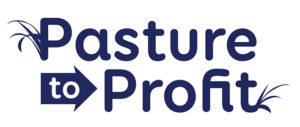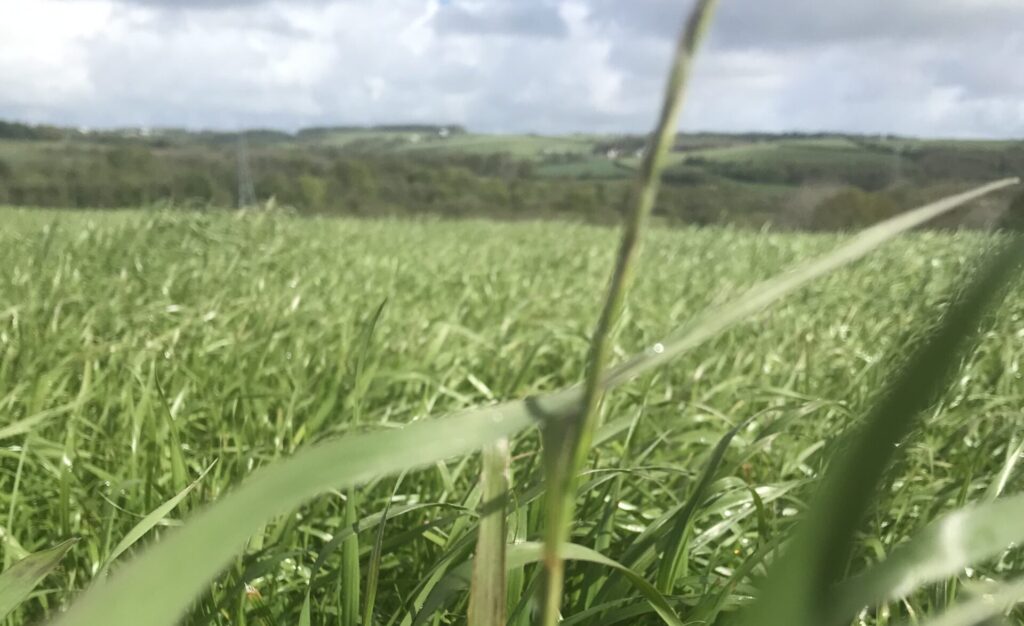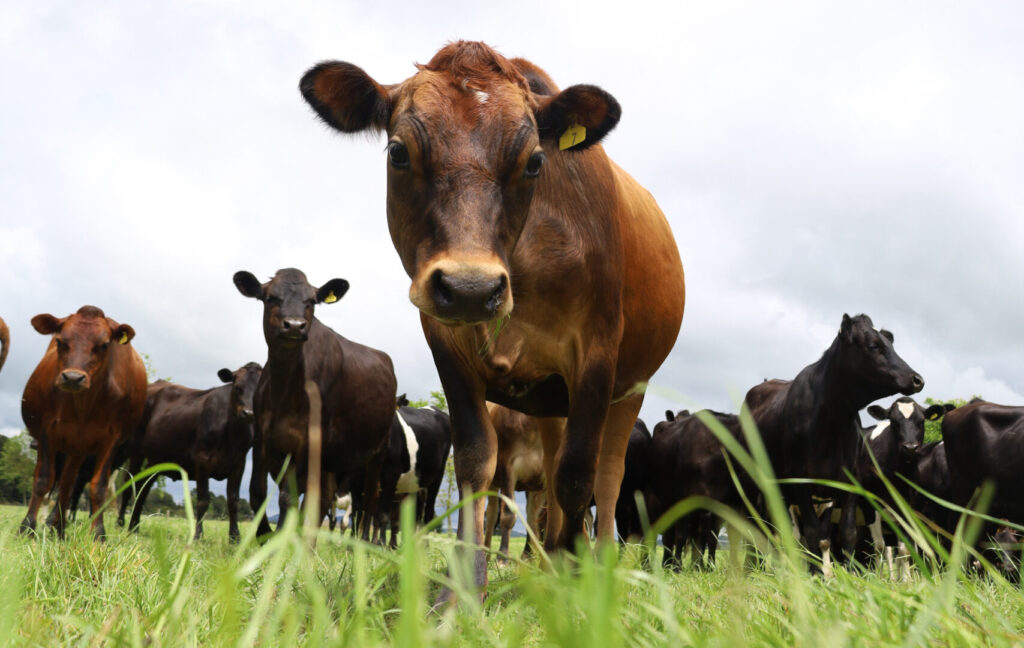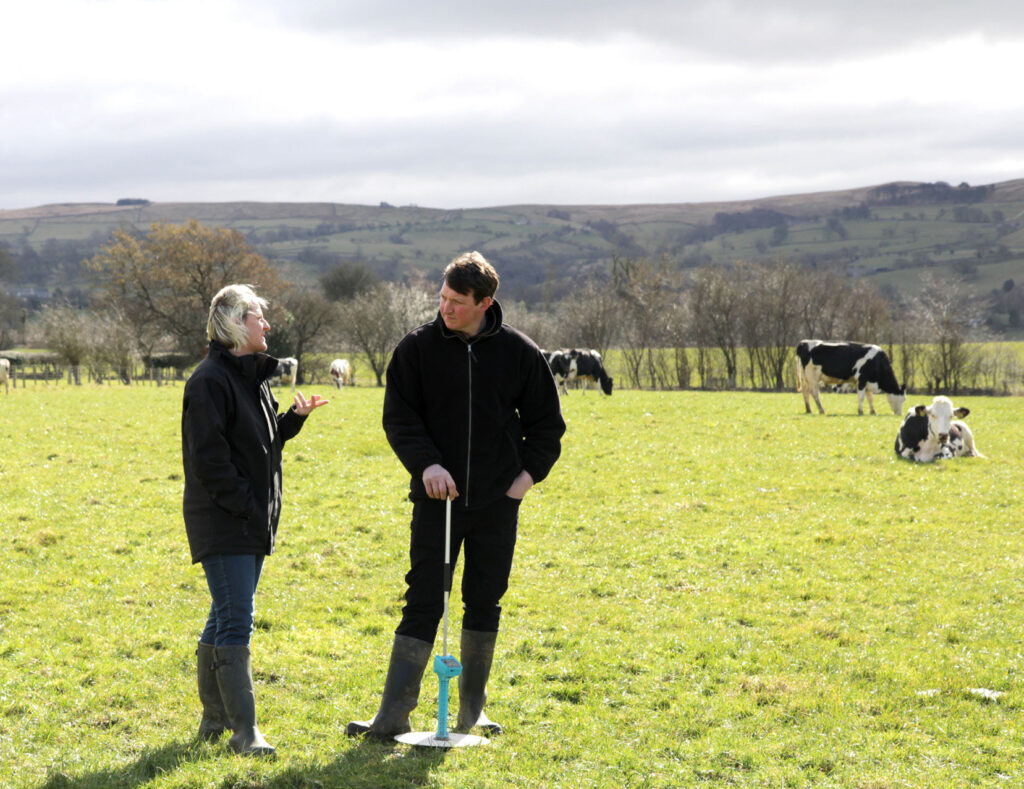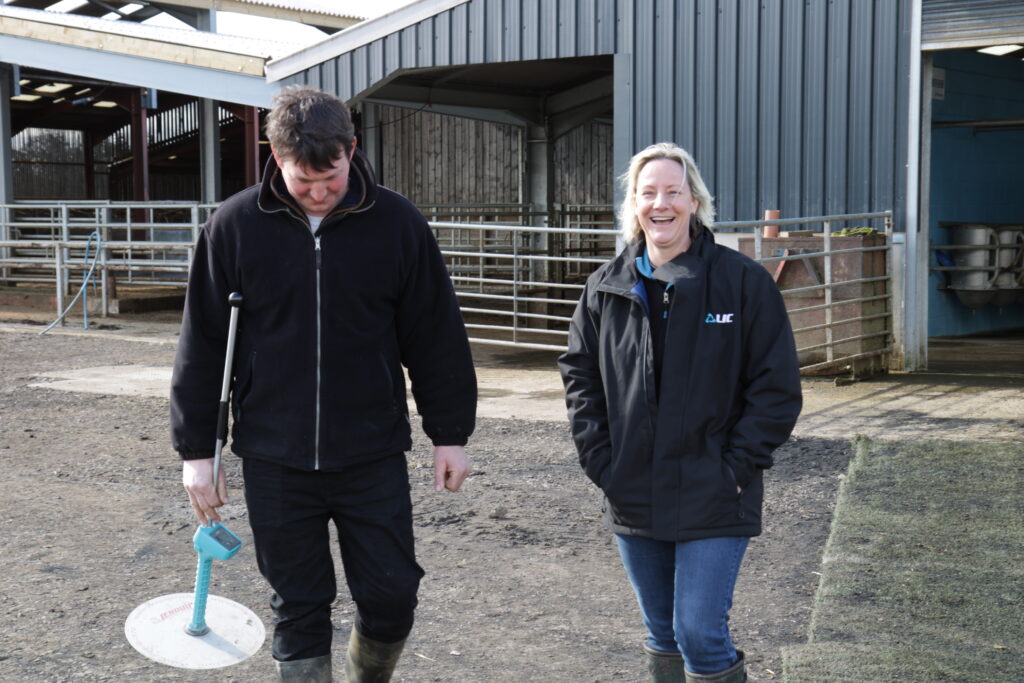We all know there’s a lot that can go wrong at calving. Focusing your management and decision making on a few key areas will give cows the best possible chance to calve successfully and get back into productive life.
So, when it comes to calving cows, what does success look like?
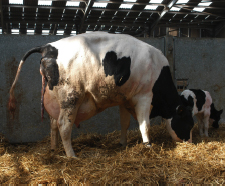
- Cow calves in the right place with no human assistance
- A healthy and lively calf
- Cow recovers quickly and regains her appetite
- Cow moves to the next phase without additional human intervention (whether that’s entering a milking herd or rearing her calf)
I’m sure you’ll agree that regardless of your production system or livestock enterprise, if calving occurred this successfully 95% of the time we’d all have a lot easier life. So why is this not the case?
I think as farmers we made a rod for our own backs. The natural processes that historically governed survival have been disregarded as we’ve chased excessive milk production or huge liveweight gains. The life and death struggle of wild bovine populations should serve as a reminder.
If they don’t calve quickly and easily, the likelihood is either cow or calf (or both) won’t survive. While the conditions are different on commercial dairy and beef farms, similar results will be experienced, reduced milk production, infertility, and a multitude of other costly health issues – leading to possible death or culling.
Let’s revisit those success factors and look at the key areas that will help you bring your farm performance closer to that 95% target.
Cows calve themselves. This is right and natural. What percentage of calving’s annually on your farm require human assistance? By this I mean any further intervention needed beyond moving her to the correct calving area. If you don’t know this figure, then add it to your regular recording routine when dealing with calving cows.
My observation is there’s a tendency for UK farmers to help when it’s not required, so they can ‘get it over with’ and get on with other jobs. I believe this stems from an all-year-round calving pattern, meaning farmers have something happening every day. While proactively assisting may seem the right thing to do, it shouldn’t be a strategy unless a cow is genuinely still struggling after a few hours or calf presentation is abnormal.
If more than 5% of calvings require assistance, then from an animal welfare and financial perspective it’s worth looking into prevention strategies, because the majority of issues at calving are created by us.
In order of priority look into:
- Sire selection – whether AI breeding or natural service, dairy or beef, ensure you are selecting sires or bulls that are appropriate and have high calving difficulty reliability. Issues stemming from poor sire selection are almost entirely preventable and are unacceptable from a cow welfare point of view.
- Ensure body condition score at calving is on target (this really is crucial and will lead to many other benefits).
- Ensure heifers are reaching liveweight targets (60% mature liveweight at bulling or 15 months old, and 90% mature liveweight at calving).
- Check nutrition during late dry and calving period.
- Control milk fever in cows close to calving.
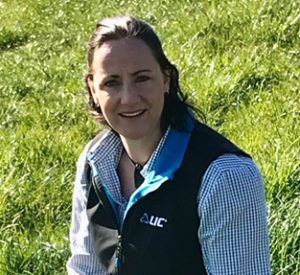 Having 95% of cows calving unassisted will go a long way to ensuring you have a thrifty live calf. It’s not difficult to see how calving naturally results in less stress for both cow and calf, easier and faster post-calving recovery and giving stock the best possible start to life or the new production season.
Having 95% of cows calving unassisted will go a long way to ensuring you have a thrifty live calf. It’s not difficult to see how calving naturally results in less stress for both cow and calf, easier and faster post-calving recovery and giving stock the best possible start to life or the new production season.
Unfortunately our ability to make things more complicated (usually with the right intentions) has meant that cows having difficulty at calving has become not only common place, but an accepted part of farming. I strongly believe this needs to be revised, both from an ethical and economic perspective.
If you’re experiencing high numbers of assisted calving’s on your farm, or wish to discuss points raised in this article, get in touch with Bess for a no obligation chat. Email bjowsey@liceurope.com or call 07717732324.
